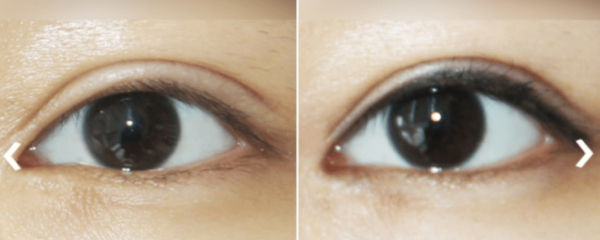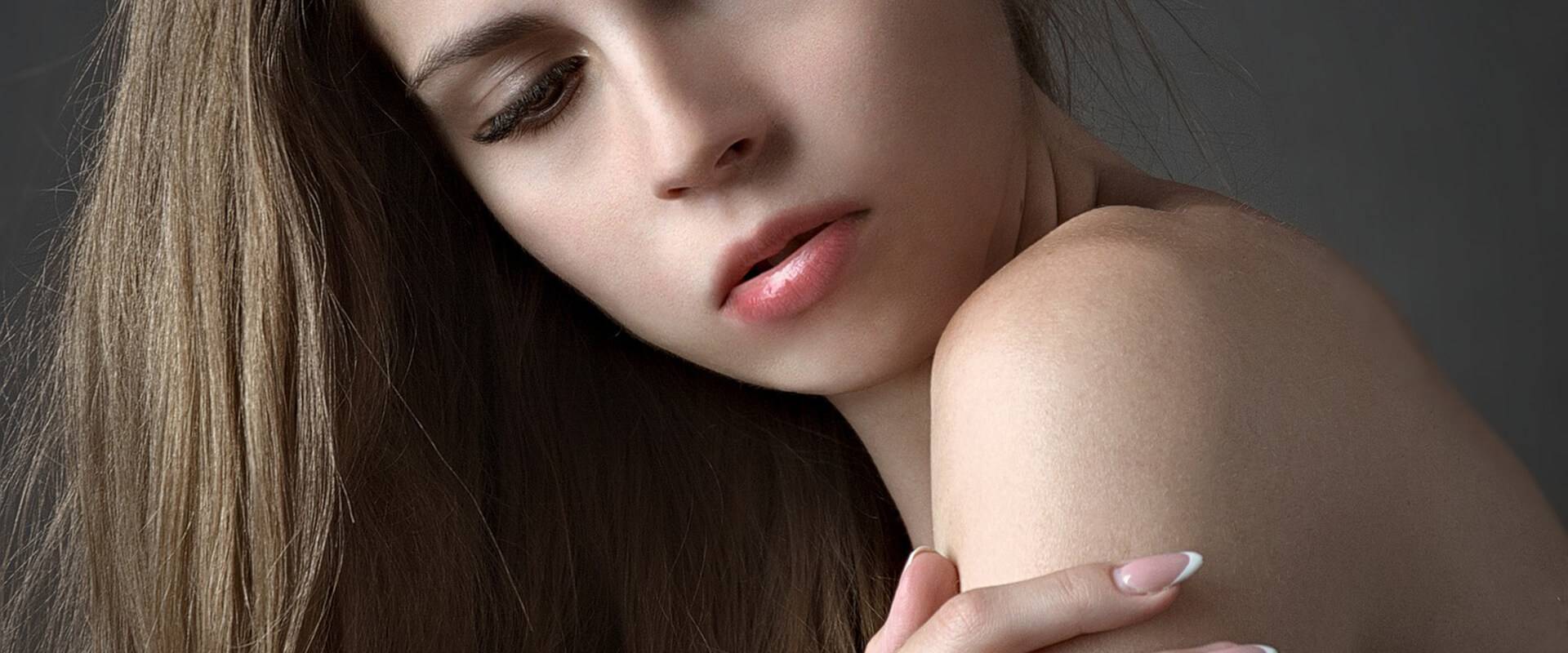As they say, the eyes are the window to the soul. Our eyes are how we convey ourselves and how we feel emotionally and even physically. There are some instances that the eyes that we are born with looks unsatisfactory for us. Some of us may often look tired because of our drooping eyes and others may also look like the antagonist because of the high structure of the eyelids.
These are some of the reasons why eyelid surgery is being done, but not all surgeries go as planned requiring the person to have a revision double eyelid surgery. If you are one that needs the revision surgery or if you are just curious about this procedure, read through this article.
What is revision double eyelid surgery?
Revision double eyelid surgery also known as Blepharoplasty correction or eyelid revision surgery is for the correction of a previous eyelid surgery that was done around the eye area for aesthetic purposes.
Candidates for revision double eyelid surgery
Not all patients who have had the double eyelid surgery are required to have the revision surgery. The revision double eyelid surgery is to be decided by the surgeon and will only be approved if the patient has the following:
- A double eyelid asymmetry
- Exceedingly deep, high, or unnatural double eyelid folds
- Unsmooth double eyelid folds or irregular skin wrinkles
- Eye shape or eyelid proportion is not pleasing to the patient
- Prolonged eyelid edema that does not disappear
- Unexpected dysfunction in the opening and closing of the eyelid
- Idiopathic double eyelid asymmetry

Moment of revision double eyelid surgery
Double eyelid surgery revision should practically be done 6 months after the first surgery since the wound from the procedure needs time to completely heal before it could be incised and sutured again. Even if this is the rule, there are times that a revision surgery may be needed before the six-month mark with the approval of the doctor.
Acute phase revision surgery
This procedure done a week after the initial surgery. This is done when a problem on the area of the surgery was caused right after the procedure. The surgeon’s decision is vital for this revision since the wound is fresh and the stitches are still intact.
Mid level of revision surgery
Mid level of revision surgery done between 1-6 months after the first surgery. This is normally done because of a problem with the non-incision method. The problem area during this stage can be fixed using the non-incision method as well.
Latter level of revision
This revision surgery happens after 6 months from the day of the first surgery. This is the safest time to do a revision surgery since the wound has been healed completely and the scar may be non-existent.
Reasons for revision surgery
Blepharoplasty correction is not necessary when the situation does not require of it. Although this is a personal decision, the doctor’s approval is still recommended. There are several reasons why a revision double eyelid surgery is being done. Some of the reasons are:
- Unhappy and not contented by the results of the first procedure
- The scar from the first operation looks visible than anticipated
- Difference in the appearance of the eyelid due to the natural process of aging
- Results done by the first surgery has faded over time
- Unsatisfactory results from the first surgery since the doctor did not consider other facial features
Cases for Revision Double Eyelid Surgery
Initially, revision eyelid surgery is to be done after the six month period since it is at that time that the surgery has set and the results are more obvious. Revisions should only be done if there is obvious asymmetry, unsmooth eyelid folds, and struggle in opening and closing the eyes to name a few. Revision surgeries are also more complex not only because of the correction needed but also because of higher expectation from patients in achieving the right results this time.
The following are the cases that are mostly approved for revision double eyelid surgery:
A) Asymmetry of double eyelids
The symmetry of the eyelids is the first and foremost factor patients look at in order to say that the surgery was a success. If the eyelids differ in 1 mm a revision is not needed. Otherwise, revision is performed.
B) Depth and height of eyelid folds
This is another factor that patients look at when considering if the surgery was a success or not. If the eyelid folds are too high, the revision procedure should lower the incision line. On the other hand, if the folds are too low or natural looking for the patient, the height will be repositioned.
C) Smoothness of eyelid folds
The cause of are variance in the eyelid design, unsmooth surgical incision, interference with the suture or scar. To solve this, the surgeon must use a fine suture and may need to remove the scarring before re-stitching again in order to create a smoother eyelid.
D) The function of the levator palpebrae muscle
This muscle functions to raise the palpebrae to show the area of the eyeball that is covered by the eyelid. This is mostly seen in patients with ptosis or drooping eyelids, multi-layer folds, and low eyelids.
If not diagnosed during the first operation, the wrong surgery might be performed initially resulting in asymmetry of the eyelids. IN order to avoid this, sometimes the correction of the levator palpebrae muscle should also be performed together with the eyelid surgery.
Procedure and Types
Revision double eyelid surgery is more expensive than the first surgery, this is the reason why it is important to pick the best doctor to do the surgery the first time around. Having a revision surgery also means that the recovery time for the wound takes longer. However, getting a revision surgery is be required based on your situation, remember that it is much complex as when getting the first surgery.
Eyelid revision surgery takes 1-2.5 hours and twilight anesthesia is used before the start of the exact procedure. After the surgery, the patient is required to stay in the hospital for just 1.5-2 hours for observation and after surgery treatments. The healing period for the revised eyelid takes around 3-5 weeks to look normal and 6-12 months for it fully set to its desired appearance.
Revision belapharoplasty is not really required by the surgeon in some instances, but it is a personal decision that should be approved by a doctor beforehand. There are two types of eyelid revision surgery procedure:
-Type one
Is used to revise an “under corrected” eyelid surgery. This type of surgery procedure is meant to get rid of excess skin and fats that was not removed during the first surgery. It is also referred to as ptosis or “drooping” eyelids.
-Type two
This type of surgery is used to correct “overdone” eyelids. This is for cases where the too much skin and fat was removed making the eyelid look misshapen and unnatural. This is also called as ectropion.
Conclusion
Revision double eyelid surgery or eyelid revision surgery are mostly done for cosmetic purposes. Patients are only approved to have the revision if the results are too obviously undesirable since revision surgery is more complex and expensive than the initial surgery.
Candidates are only required to have the revision if they have asymmetry in the eyelids, if the eyelids are not smooth, and if the eyelids are too high or low from the result of the first surgery. The eyelid revision should also be done after six months in order to fully see the result of the first operation and know if the revision should be necessarily done.
Two types of procedures are being done during the revision and they are for “drooping” eyes or ptosis and the other type is for misshapen eyelids or ectropion. If you think you are one of those who need the revision double eyelid surgery, remember that the surgeon’s opinion matters because not all eyelid problems need to revised.
All in all, the procedure can regularly be performed after you have had a rhinoplasty procedure, or it can be performed in combination with your rhinoplasty procedure.
It is quite minimally invasive, and scarring should become invisible over time, if not already invisible from the beginning due to the later treatment option that can be done inside of the nose.
It is still recommended that for this specific procedure you wait until after your previous procedures have healed, as the final shape of the nose may not have the same problems it had beforehand.
If you are unsure about whether your nose is misshapen or if this procedure is right for you, you can easily have a consultation with your doctor asking about it and they will help you find the best treatment plan for you.
You can also do a quick self-check by picturing the imaginary line from the inside corner of the eyes down to the ends of the nose, and if the nose goes past this line – then the nose is technically too wide. Concerns of recovery should also be minimal as the procedure is simple and not painful for patients.
This procedure will allow the nose that you have always wanted to become a reality. It will have the ability to boost your self-esteem and confidence, particularly when you smile.
If this a problem you have been battling with for some time now, it may be the perfect time for you to consider this procedure. In South Korea you will receive the best price, particularly for the quality that will be given. If you are ready, contact us to begin your journey towards a happier you that can smile freely and comfortably.



